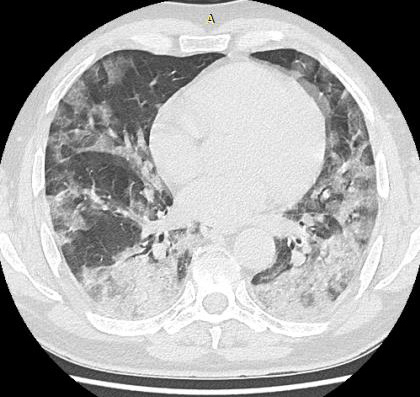The Metabolic Impacts of Nitric Oxide and its Metabolites: A Brief Review
Introduction
20 years ago, Nitric Oxide (NO) was known as a waste gas which diffused around from car exhausts and cigarette smoke leading to acid rain [1]. However today it’s defined as a signaling molecule that exists in endothelium cells and leads to rich blood stream affecting vessel smooth muscle with vasodilatation. In 1987, during isolating the structure, which is known as Endothelium-Derived Relaxing Factor (EDRF) originating from vessel endothelium, nitric oxide synthase was discovered. In the following years, however, it was understood that the factor EDRF was actually nitric oxide [2-4]. For the first time, Furchgott and Zawadzki showed EDFR’s existence with the relaxation depending on acetylcholine in 1980 [5]. NO in air oxidizes with O2 in a short time and transforms into nitrogen dioxide. However, nitrogen dioxide is a very harmful compound for tissues. Nitric Oxide (NO) enables it to pass from a cell to another one easily with no obstacle because it have unpaired electrons and no charge on it. While other free radicals are harmful in every concentrations for cells, NO has very big physiological functions in low concentrations. However, extreme and uncontrolled NO syntheses is also harmful for cells. NO gains an ideal physiological reporter molecule feature in low concentrations [6-8]. Having 30 second half life in solution and being able to be oxidized with nitrite and nitrate, NO is stocked for the purpose of using it when needed by reacting with tiol groups. NO regulates synthesis of guanosine 3.5-cylic monophosphate (CAMP) in acinar cells of pancreas [9-11]. Standing out as a relaxing factor and originated from endothelium, NO takes active role in regulating functions of many mammal cells and tissues. NO is synthesized by NOS with “NO metabolic Way of L-arginine” and L-arginine’s amino acid produced in brain and many cells and organs, this molecule is put forwards as being affective in many physiological and pathophysiological situations. Besides, NO has either harmful and beneficial effects on many diseases according to studies [9,12].
Discussion
Many studies are made about nitric oxide complications. There are some differences between these studies’ data. Nitric oxide metabolites relationship with lungs chronic inflammatory diseases is determined. Despite of this finding, there is not enough data to completely explain differences in pulmonary disfunctions dependent on cardiopulmonary bypass and secretions of nitric oxide and its metabolites. In some studies, it is reported that after cardiopulmonary bypass, NO levels originating from lungs decrease severely, while in some, it is reported that they increase and in some, they don’t change. Since in most studies, only blood samples are used to work on, changes in systematic levels are reviewed. Having a short half-life, about local synthesis and nitric oxide being secreted from lungs there are many debated publications [13,14]. There are also many studies showing the relationship between NO secretion and leptin. So, it is possible to observe many studies explaining the presence of an interaction between NO and leptin to regulate food intake. Sugimoto et al, reported that leptin may decrease activity of NOS in brain and also Calapai et al, explained that leptin decreased NOS activity in brain [15-17]. In contrast, Fruhbeck reported that intravenous leptin increased serum NO concentrations up to %90 [17].
Conclusion
Atoms and molecules that have one or more unmatched electrons in their outer orbitals are called free radicals. Nitric Oxide (NO) is in a free radical form and a toxic and colorless gas that has a very short lifespan and just because it has lipophilic feature, NO is in a stable situation in an anaerobic environment. It is also watersoluble so even with a low concentration, nitric oxide is stable in an aerobic environment as well. The benefits of nitric oxide, which has been recently known as an atmophile waste and toxic gas and its metabolic effects, nitric oxide has not only benefits but also harms. Among its benefits, there is balancing blood pressure and vasodilatation. NO plays an active role on regulating functions of mammals cells and tissues. It also participates in regulation of some physiological situations like neurotransmission, immunological mechanisms and helping tone blood vessels and NO takes physiological and pathological roles in neural system. Nitric oxide is an effective molecule in relaxing by vasodilation by the help of with different kind of exercises, Regular or moderate physical activities may lead to increase of NO level and it causes to vasodilation in cardiovascular system but however, a decrease may be observed in NO level if body feels fatigued because of exercises.


No comments:
Post a Comment
Note: Only a member of this blog may post a comment.